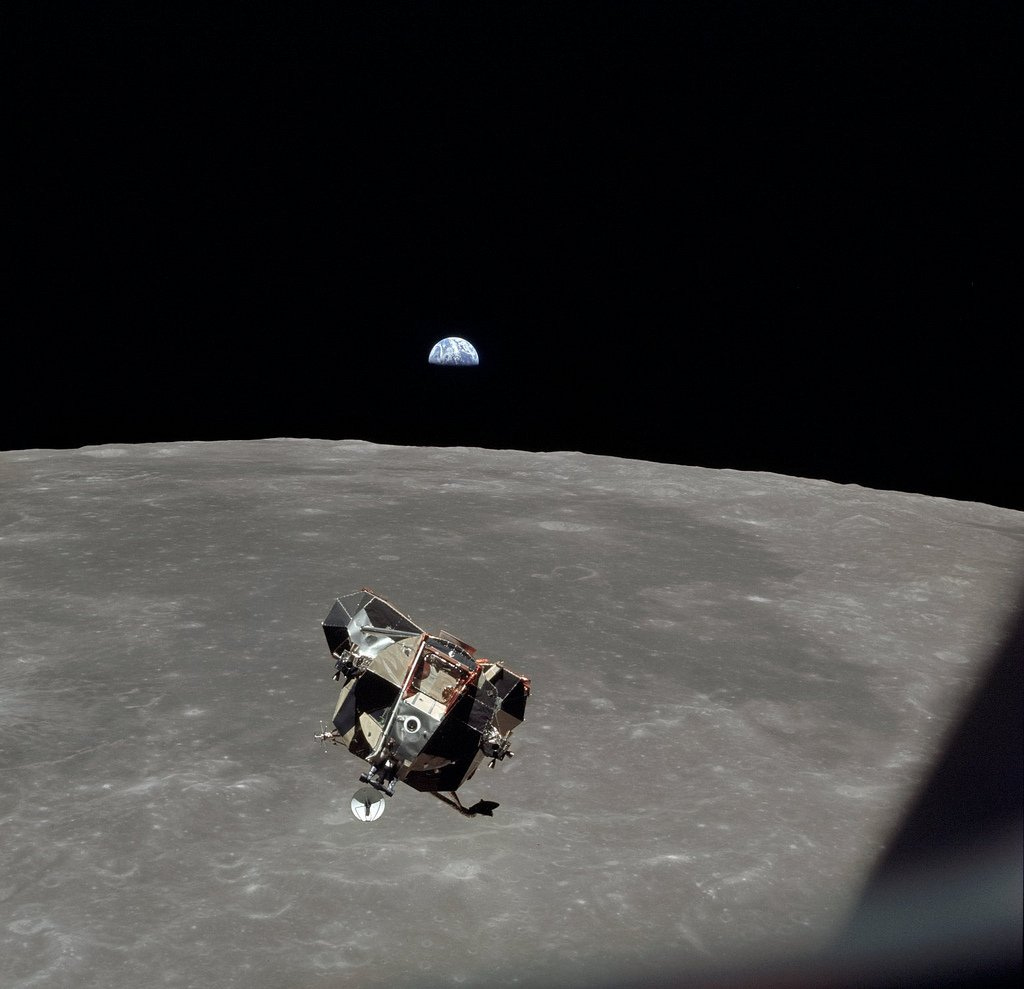12o2 is named for the judgement and decisiveness of the Apollo 11 mission team when faced with the 1202 ("twelve-oh-two") alarm that almost ended the Apollo 11 moon landing.
As Neil Armstrong guided Apollo 11’s descent to the Moon, an unexpected alarm flashed inside the lunar module and almost altered the course of history: 1202. In those critical seconds, success, failure — or disaster — hung in the balance. A crash landing would mean tragedy on a global stage. An abort would be a devastating blow to NASA and the nation at the height of the space race.
A 1202 signaled that the Apollo Guidance Computer (AGC) was out of memory to store new data. Immediately, the AGC rebooted, restarting critical systems like guidance and navigation while shedding non-essential tasks. The process worked exactly as designed — avoiding catastrophic failure — but the alarms kept returning, stripping away critical landing data like range and velocity.
A 1202 wasn’t something the astronauts had trained for, but it was something the AGC had been purposely designed — and extensively tested — to survive. Thanks to Margaret Hamilton’s team, who built the AGC software to "expect the unexpected," and a backroom engineer named Jack Garman, who knew the alarm’s meaning by heart, Mission Control understood the landing could proceed safely.
Quick thinking from Armstrong and Aldrin adapted to the situation: they turned to Mission Control to supply the critical landing data instead of relying solely on the AGC.
In those critical seconds, with no room for hesitation, they trusted their preparation, adapted to uncertainty — and made the call: Go
.



